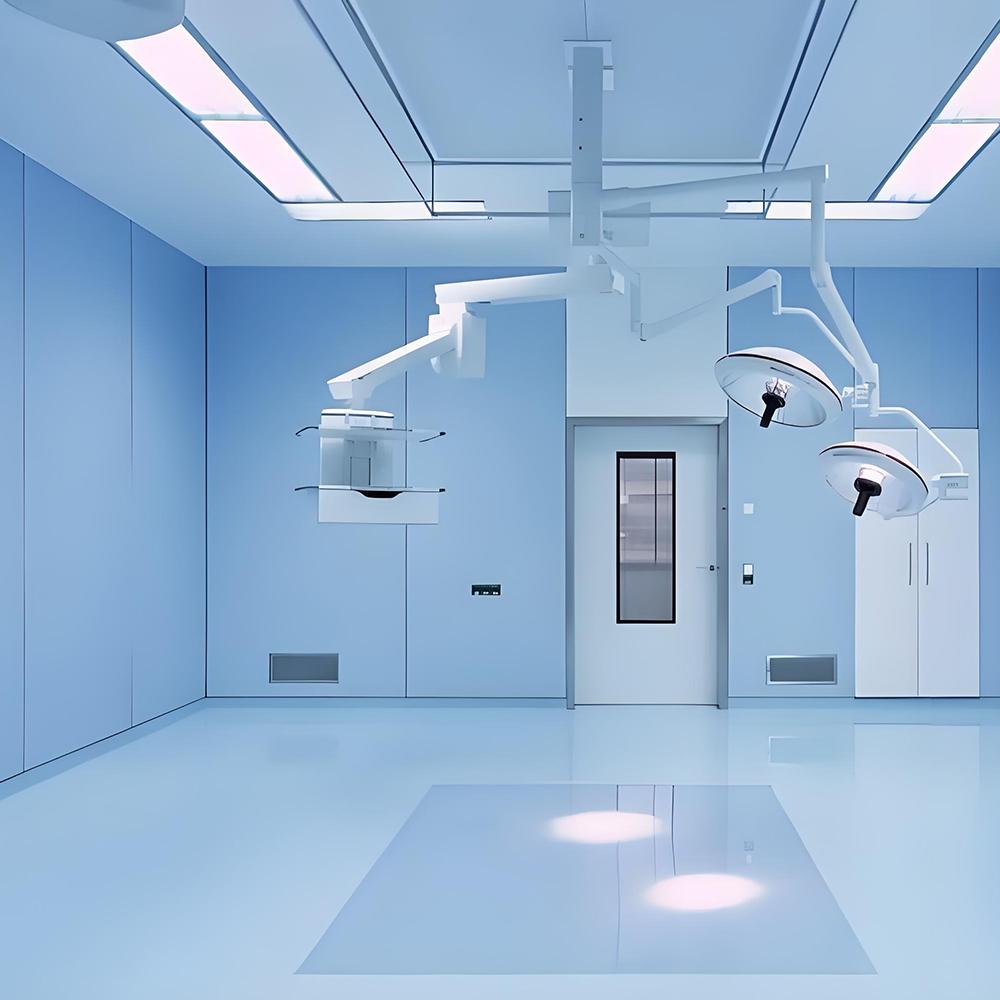How to make more people understand the harm of radon in the air
There are not many countries in the world that pay attention to the harm of radon to the body. People in many countries are still unfamiliar with it. It is very important to raise public awareness of the harm of radon. As a manufacturer of air purification products, we, Lianda, have developed some radon reduction purifiers. We hope that more people will pay attention to the harm of radon, especially in areas with high radon content. We call on relevant departments to use the following methods to popularize knowledge about radon so that more people can prevent it in advance.
1. Education and publicity:
Hold lectures and workshops in schools, communities and workplaces to introduce the sources, hazards and protective measures of radon.
Make publicity materials such as flyers, posters and videos to explain the hazards of radon in a simple and easy-to-understand way.
2. Use social media:
Share information and related knowledge about radon on major social media platforms, including pollution data, case studies, etc.
Create topic tags to encourage the public to share their stories and experiences.
3. Support from government and non-governmental organizations:
Encourage local governments and health organizations to carry out radon monitoring and publicity activities, and provide free radon testing tools or subsidies.
Work with non-governmental organizations to promote radon safety awareness activities.
4. Community activities:
Organize community radon testing activities, encourage residents to test the radon levels in their homes, and provide detection and improvement suggestions.
Carry out community activities with radon themes, such as knowledge competitions, art exhibitions, etc., to attract more people to participate.
5. Media coverage:
Work with local news media to publish reports and feature articles on radon to increase public attention.
Invite experts to be interviewed and share knowledge and research results on radon.
6. Cooperation with professional institutions:
Work with environmental research institutions or health institutions to provide scientific and effective radon knowledge and protective measures.
Invite experts to give public lectures or seminars to enhance public awareness of the hazards of radon.
Through the above methods, the public's awareness of radon and its hazards can be effectively improved, and the society's attention and active response to radon can be promoted, reducing the chance of lung cancer.





